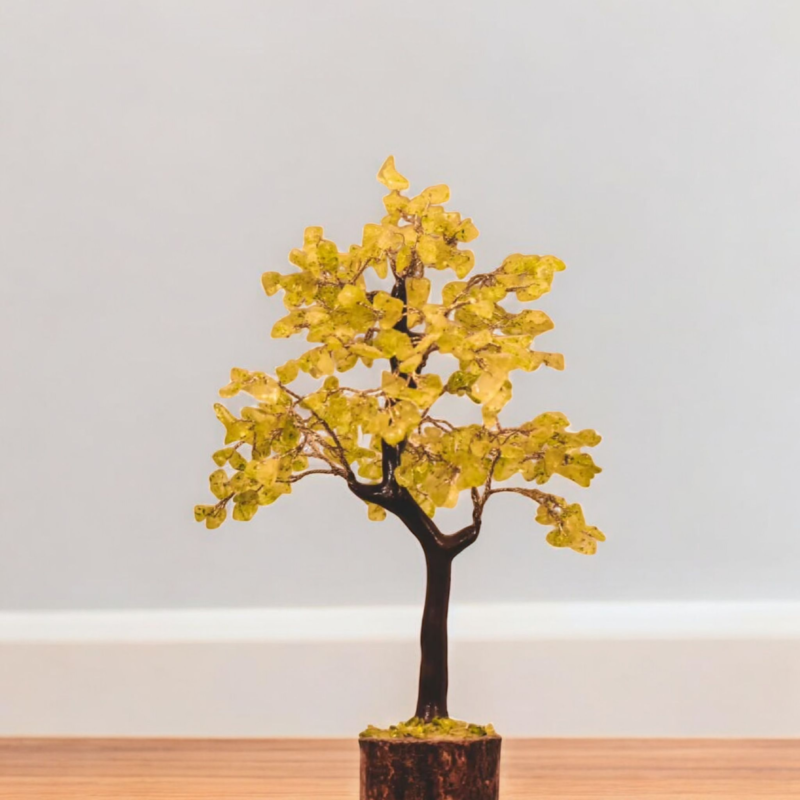What Makes Citrine So Popular
Citrine is a radiant yellow to golden-brown gemstone that symbolizes abundance, joy, and positivity. It’s widely used in jewelry, feng shui, and healing. However, much of the Citrine on the market is fake—usually heat-treated Amethyst or Smoky Quartz. To avoid being fooled, you must know what to look for.
Recognize Citrine’s Natural Color Range
Check the Color Carefully
Natural Citrine has a pale, smoky yellow to honey-golden hue. It’s rarely bright orange or dark brown. Most fake Citrine is overly vivid, with reddish tones—signs of heated Amethyst.
Color Should Be Even, Yet Soft
Authentic Citrine displays subtle, consistent color. If the color looks too sharp or concentrated at the tips (especially in clusters), it’s likely treated.
Examine the Crystal Formation
Natural Citrine Comes in Clear to Cloudy Crystals
True Citrine may have slight internal fractures, inclusions, or cloudiness. Fakes often appear glassy, overly transparent, or flawless.
Cluster Shapes Can Reveal the Truth
If the crystal cluster has a white base with orange tips, it’s probably heat-treated Amethyst. Natural Citrine grows differently and doesn’t show this kind of two-tone structure.
Use the Heat Test and UV Light
Citrine Won’t Change Color Under Heat
Real Citrine is stable and won’t shift color with mild heat. Fake ones, especially treated stones, might show minor fading when warmed.
Use UV Light to Check Reactions
Under ultraviolet light, genuine Citrine shows little to no reaction. Treated Amethyst may glow due to leftover minerals from the heating process.
Feel the Temperature and Weight
Real Citrine Feels Cool and Solid
Hold the stone. Natural Citrine should feel cool and dense. Fakes, especially glass or plastic, warm up fast and feel lighter.
Check for Air Bubbles
Glass imitations sometimes have air bubbles inside. Look closely with a magnifying glass—real Citrine never contains bubbles.
Test the Hardness
Citrine has a hardness of 7 on the Mohs scale. It won’t scratch easily. Try using a steel object like a knife (gently) on an unseen spot. If it scratches quickly, it’s not real.
Trusted Sellers Make All the Difference
Avoid Mass-Produced Clusters
Large batches of identical yellow-orange clusters are likely fake. Natural Citrine is rarer and comes in varied shapes.
Buy From Certified or Reputed Sellers
Look for shops that offer certification or at least share origin details. Citrine is mostly found in Brazil, Madagascar, and Russia. If a seller is vague, be cautious.
Common Citrine Imitations
Heat-Treated Amethyst
This is the most common fake. It’s often sold as Citrine but has deep orange or reddish tones. These stones may even come from Amethyst geodes.
Colored Glass Stones
Some pieces are simply colored glass with a yellow tint. These can look convincing at first glance but lack the natural structure and energy of real Citrine.
Final Thoughts
Real Citrine is warm, gentle, and subtle in its beauty. Fake versions often try too hard with bright colors and perfect shapes. Learn to trust your eye and your hand—observe, feel, and ask questions.
Use these tips to identify the real deal and confidently choose authentic Citrine for your collection, healing, or jewelry use.


